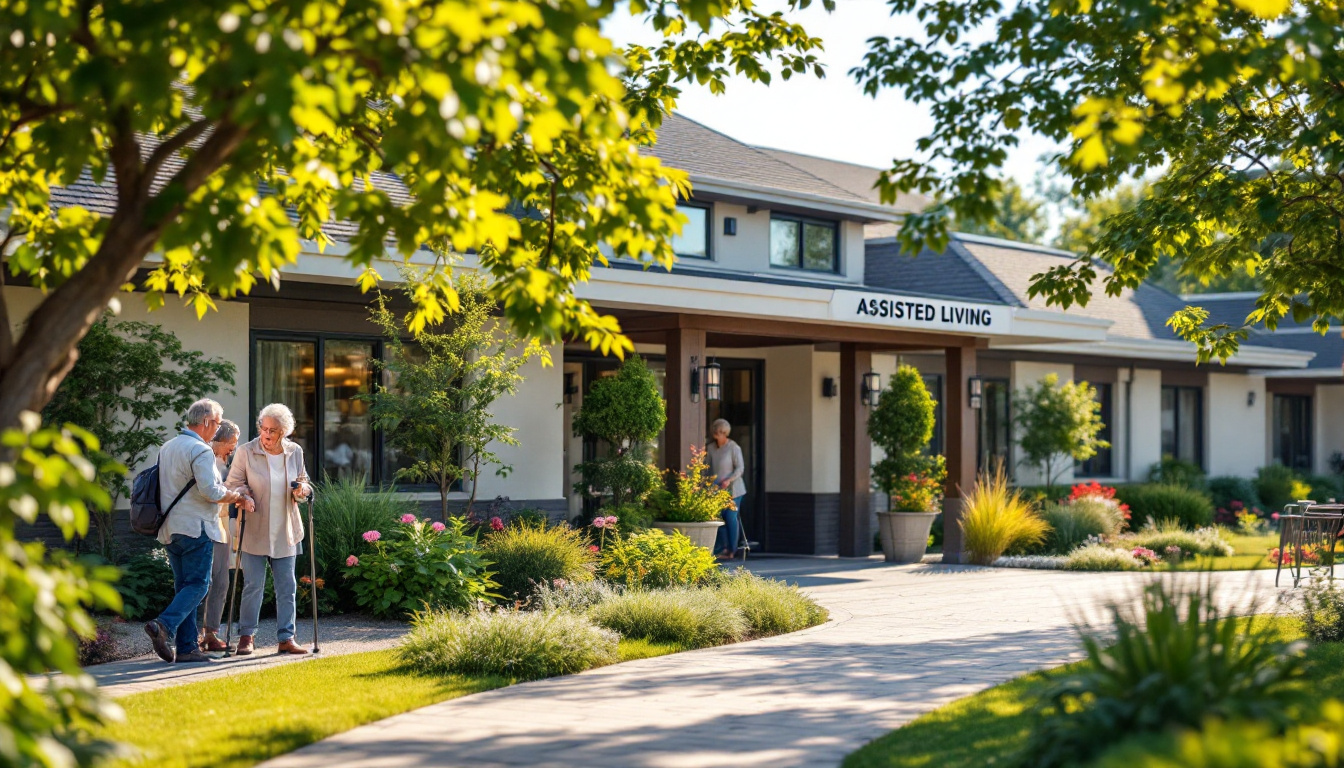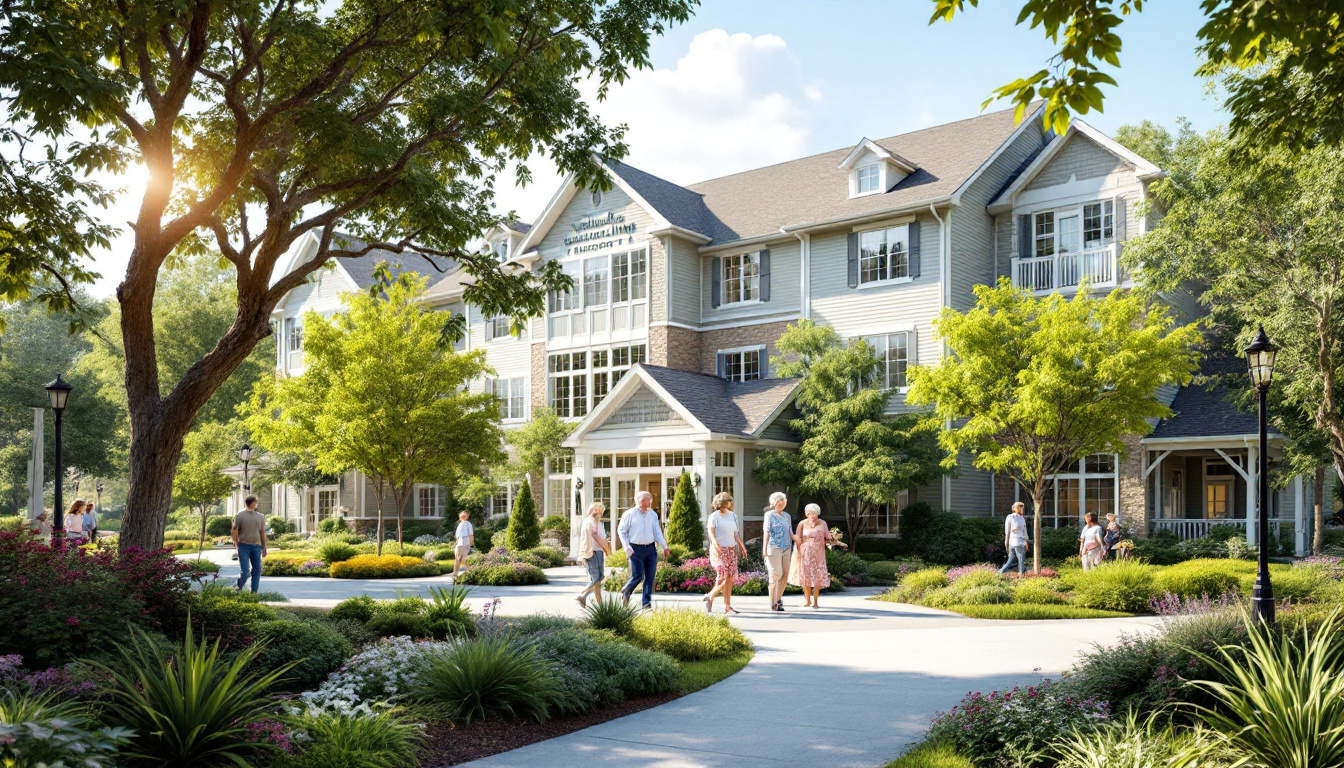The Importance of Personalized Care Plans in Senior Placements
Enhancing Elder Care Through Tailored Support Strategies

The Power of Personalization in Senior Care
As aging populations grow and demand for quality senior care increases, personalized care plans have become vital tools for ensuring that each elderly individual receives support tailored to their unique needs, preferences, and life circumstances. These plans are not just administrative documents but dynamic roadmaps empowering seniors to maintain independence, dignity, and well-being in various care settings. This article explores the significance, development, components, and profound impacts of personalized care plans in senior placements, emphasizing their role in improving health, safety, and overall satisfaction.
Understanding the Core of Personalized Care Plans

What is the significance of personalized care plans for senior residents?
Personalized care plans play a vital role in senior care because they tailor support to meet each individual's unique needs and preferences. These plans monitor physical health, emotional well-being, and social engagement, which leads to better overall outcomes.
They are created through a collaborative process that involves residents, their families, and healthcare providers. This teamwork ensures care strategies are resident-centric, respecting personal routines, cultural backgrounds, and future goals.
Personalized care plans not only promote independence and comfort but also help in reducing risks associated with aging, such as falls or unmanaged chronic conditions. They incorporate safety measures, medication management, and new therapies, all adaptable to changing health conditions.
Regular reviews and updates keep the care relevant, fostering trust and satisfaction. When care plans are tailored and dynamic, they improve quality of life, uphold dignity, and strengthen relationships among residents, families, and care teams.
Ultimately, these strategies support holistic well-being, making senior care more effective and respectful of the individual's identity and needs.
Developing and Implementing Effective Care Strategies

How do personalized care plans improve health, safety, and psychological outcomes for seniors?
Personalized care plans play a vital role in enhancing the well-being of seniors by providing tailored support based on individual needs and preferences. These plans are designed after thorough assessments of medical, emotional, and social aspects, which helps in managing chronic conditions effectively and preventing complications.
By focusing on each resident’s unique health profile, these care strategies facilitate better medication management and early detection of health issues, leading to improved recovery and fewer hospitalizations. Safety is also prioritized by identifying potential hazards in the senior’s environment and implementing safety measures, such as home modifications or emergency response systems, reducing the risk of falls and injuries.
Psychologically, personalized plans foster emotional well-being through companionship, engaging activities, and emotional support that respect the senior’s dignity and independence. This individualized approach allows seniors to participate in decision-making, which boosts their confidence and sense of control.
Overall, personalized care plans support a holistic approach that improves health outcomes, enhances safety, and promotes mental and emotional stability, resulting in a higher quality of life for seniors.
Components and Development Process of Personalized Care Plans

What are the components involved in developing effective personalized care plans?
Effective personalized care plans are built on several essential components that ensure comprehensive and tailored support for each senior. The process begins with a detailed assessment of the individual’s physical and mental health, which includes evaluating current medical conditions, treatment history, and cognitive or emotional needs.
An integral part of developing a care plan involves understanding the senior’s goals and preferences. This encompasses daily routines, personal values, cultural background, and future aspirations, all of which help craft a plan that respects their individuality and promotes independence.
Safety measures and emergency planning are critical components. The care plan should outline precautions specific to the senior’s environment, such as fall prevention strategies and emergency response procedures, ensuring safety in daily activities and unforeseen situations.
Collaboration among the care team is vital. This team often includes physicians, nurses, therapists, social workers, family members, and the senior themselves. Regular communication and joint decision-making facilitate a cohesive approach that addresses medical management, emotional support, and social engagement.
Creating a personalized care plan involves these core elements:
| Component | Purpose | Additional Details |
|---|---|---|
| Health assessment | To understand physical and mental health status | Includes evaluations, screenings, and ongoing monitoring |
| Goals and preferences | To align care with the senior’s personal wishes | Focuses on mobility, social activity, and quality of life |
| Safety and emergency planning | To minimize risks and prepare for crises | Safety modifications, emergency contacts, response protocols |
| Care team collaboration | To coordinate comprehensive support | Routine communication among healthcare providers, family, and caregivers |
Regular review and adjustments are crucial to adapt to changing needs. This ongoing process ensures that the care remains appropriate, promotes the senior’s well-being, and respects their evolving preferences.
Creating and maintaining a personalized care plan ultimately supports seniors' health, safety, emotional stability, and independence, helping them to live confidently within their chosen environment.
Benefits and Impact of Personalized Care Strategies

What benefits do individualized care strategies provide to seniors?
Personalized care strategies offer numerous benefits that significantly enhance the well-being of seniors. These plans are designed to meet each individual’s specific medical, emotional, and daily needs, leading to better health outcomes and a higher quality of life.
One of the main advantages is that seniors experience greater independence. Tailored support helps them maintain routines, pursue activities they enjoy, and stay in familiar surroundings, which boosts their confidence and emotional health.
Personalized care also improves safety. By incorporating home modifications, safety measures, and health monitoring technologies, these plans help prevent accidents and identify health issues early, reducing the likelihood of hospitalizations.
Cultural respect and dignity are core aspects of individualized strategies. When seniors’ preferences and cultural backgrounds are considered, they feel more respected and autonomous, fostering trust and satisfaction.
Furthermore, flexibility in the care plans allows caregivers and healthcare providers to adapt to changing health conditions or evolving personal preferences. Regular reviews and adjustments ensure care remains effective and relevant.
Overall, the personalized approach creates a holistic relationship between seniors and their care teams. It encourages emotional well-being, social engagement, and family involvement, which contribute to a more satisfying and cost-efficient care experience.
In essence, tailored care strategies do not just address health concerns—they nurture the entire individual, promoting safety, independence, and happiness at every stage of aging.
Special Considerations in Dementia and Care for Seniors with Unique Needs
Why is an individualized approach important in dementia care and for seniors with special needs?
Personalized care is especially crucial for seniors with dementia or other special needs because each person’s experience of illness, cognitive decline, and emotional response is unique. Tailoring care plans helps address the specific symptoms and disease progression that vary widely among individuals.
In dementia care, a one-size-fits-all approach can lead to confusion, frustration, and agitation. Instead, unique strategies such as sensory stimulation, tailored activities, and life story engagement foster emotional well-being and reduce behavioral challenges. For instance, some seniors benefit from music therapy or reminiscence sessions that honor their personal histories.
This approach also supports maintaining dignity and independence. When care is personalized, seniors feel understood and respected, which boosts their self-esteem and overall happiness. Moreover, customized interventions improve symptom management, helping to slow decline and promote better quality of life.
Caregiver education and emotional support are key in implementing these personalized strategies. Programs like those by CaringKind exemplify the benefits of person-centered care, emphasizing meaningful relationships and respecting individual preferences.
In summary, focusing on each senior’s unique needs not only enhances physical and emotional health but fosters trust and comfort, creating a compassionate environment conducive to well-being.
How do person-centered activities and therapies benefit seniors with special needs?
Activities and therapies designed with a person-centered approach encourage engagement, foster social connections, and stimulate cognitive function. These interventions are based on the senior’s interests, cultural background, and abilities.
Examples include tailored cognitive exercises, art therapy, and gentle physical activities like chair yoga, all adapted to individual capacity. Such programs help maintain mental agility, reduce feelings of isolation, and provide meaningful stimulation.
What communication techniques are effective for seniors with dementia?
Effective communication involves visual cues, simple language, patience, and touch when appropriate. Using familiar phrases, maintaining eye contact, and employing non-verbal cues like gestures help convey messages clearly. Consistent routines and environmental cues reduce confusion and anxiety.
How does family involvement influence care for seniors with special needs?
Family participation ensures care aligns with the senior’s values, preferences, and life history. Family members provide emotional reassurance, help interpret non-verbal cues, and support consistency in routines.
What safety measures are essential in managing symptoms and risks?
Safety adaptations include grab bars, clear signage, and medication management. Monitoring and responding to wandering behaviors, as common in dementia, are vital to prevent accidents.
| Aspect | Focus | Example |
|---|---|---|
| Symptoms | Surveillance and management | Regular cognitive assessments, behavior tracking |
| Safety | Environmental adjustments | Installing safety locks, removing trip hazards |
| Family Role | Education and involvement | Regular updates, caregiving training |
| Therapies | Personalized interventions | Music therapy, reminiscence activities |
| Communication | Clear and compassionate | Simplified language, visual aids |
Personalized approaches in dementia and special needs caregiving foster a supportive, respectful environment. By prioritizing individual differences, families and caregivers can significantly enhance well-being, safety, and the overall quality of life.
Empowering Seniors Through Tailored Support
Implementing personalized care plans is essential for delivering high-quality, compassionate elder care that respects each individual’s dignity and promotes their independence. They foster better health outcomes, safety, and emotional well-being while enabling families and caregivers to collaborate more effectively. By emphasizing adaptability, comprehensive assessments, and interdisciplinary collaboration, personalized care strategies ensure that seniors remain active, engaged, and supported throughout their aging journey. In the evolving landscape of senior placements, the focus on tailored, responsive care is not just best practice but a fundamental requirement to meet the diverse needs of the elderly population.
References
- How Personalized Care Plans Improve the Resident Experience
- The Importance of Personalized Care Plans for Seniors
- The Importance Of Personalized Care Plans For Your Aging Parents
- Why Personalized Home Healthcare is Essential for Elderly Care
- 10 Reasons Personalized Care Plans Matter - Salus Homecare San ...
- Why A Personalized Care Plan Matters in Dementia Treatment
- The Role of Personalized Care Plans in Home Health Care
- Understanding Personalized Senior Care
- How to Create a Personalized Care Plan for Seniors in 7 Easy Steps
- The Importance of Personalized Care Plans in Home Care Services






































































































